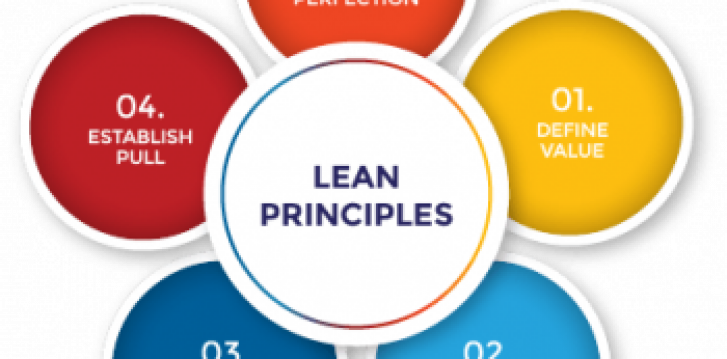Famor Srl
52041 Viciomaggio (Arezzo - Italy)
P.Iva 01268290515
Email: info@famor.it
Tel: 0575.441517
Fax: 0575.441417

Lean Manufacturing or Lean Production is, literally, "lean production": born in Japan, it is a business management methodology that aims to "lighten" processes by eliminating waste (muda), overloads for people and resources ( muri), variations in the production flow (mura).
The traditional lean manufacturing model is based on two pillars: Just in Time (JIT), a production flow management system that aims to "produce only when needed", and Jidoka, "autonomy" or " 'automation with a human touch', which consists in the search for Total Quality and passes from man-machine cooperation to stop production and correct the problem at the first sign of anomaly with respect to quality standards.
Where does lean manufacturing come from?
The term "Lean Production" was coined by a former Toyota engineer, John Krafcik, in an article from the fall of 1988, "The triumph of the Lean Production system" but owes its fortune to the book published in 1990 by MIT experts James P. Womack, Daniel T. Jones and Daniel Roos, “The Machine That Changed the World”. A bestseller that analyzed the "Toyota System" within a study on the future of the automotive industry and that introduced the "Toyota Production System" by associating it with "Lean Production".
The history of Lean Production began in fact in Japan in the 1950s, a country that was defeated by the Second World War after two atomic bombs dropped on its territory. A context in which it was difficult to apply the Fordist production method in series and on a large scale, based on an assembly line and fragmentation of work. A context in which “doing more with less” was a necessity in order to compete on the market.
The founder of Toyota, Kiichiro Toyoda, therefore thought of a different system from the Fordist one, the Just in Time system, and its director, Taiichi Ono, made it operational: more flexible machinery, small batches in a short time, a system based not on supply but on demand, on man-machine cooperation and on continuous product and process improvement. Engineer Taiichi Ohno, executive director of the company, perfected and expanded what, over the decades, would become the Toyota Production System.
Specifically, the Just in Time system is a system designed to produce only when needed. It is a "pull" system, that is "pulled" by the customer who requests the product and visually organized on the Kanban, the handling / picking or production "tags" that contain a series of instructions. Each production center of the system is in fact equipped with two storage points: at the entrance, for the materials, and at the exit, for the finished product.
The Just In Time System is also One-Piece Flow, that is, it organizes the advancement of materials one at a time, with the possibility of changing the product model at each step, and is based on Takt Time, the time in which a product units to meet customer demand.
What is the goal of the Lean Manufacturing System?
The goal of the Lean Manufacturing System is "to do more with less": to improve productivity and its quality by eliminating everything that does not allow you to create value through a careful organization of processes.
In particular, the production system is lightened by the three "M": waste (Muda); the overloads (walls) of both people's work and resources; fluctuations (Mura) in demand.
Overloads are closely linked to company safety: for people, they result in an increased risk of injury due to excessive efforts that cause damage, dissatisfaction and absences from work; for machines, overloads lead to an increased risk of wear and additional costs for maintenance and possible replacement. Reducing fluctuations in demand also aims to minimize the swings between moments of overload (walls) and waste of resources (muda).
The main wastes identified by the Lean Manufacturing System are 7: defects, overproduction, transport, waiting, stocks, handling and useless processes.
